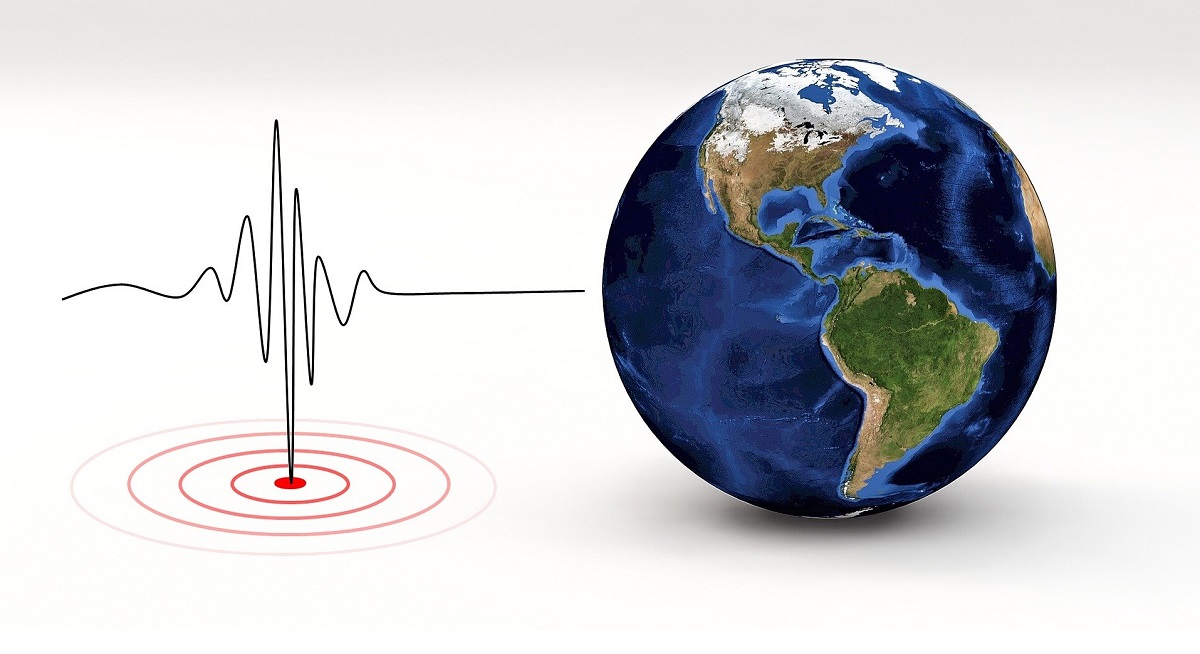Penn State-Led Researchers Find Seismic Way to See chemical changes Beneath Watershed
Penn State | July 28, 2020

Chemical reactions deep below ground affect water quality, but methods for "seeing" them are time-consuming, expensive and limited in scope. A Penn State-led research team found that seismic waves can help to identify these reactions under an entire watershed and protect groundwater resources.
"About one third of the U.S. population gets their drinking water from groundwater, so we need to protect this valuable resource," said Susan Brantley, distinguished professor of geosciences and director of the Earth and Environmental Systems Institute (EESI) at Penn State. "At this point, however, we don't know where the water is or how it moves in the subsurface because we don't know what is down there. In this study we used human-generated seismic waves—similar to the waves from earthquakes—to look under the surface."
Traditional geochemical tests involve drilling a borehole 3 to 4 inches in diameter deep into the ground, collecting the soil and rock samples, and grinding and analyzing the chemical makeup of the samples in a laboratory.